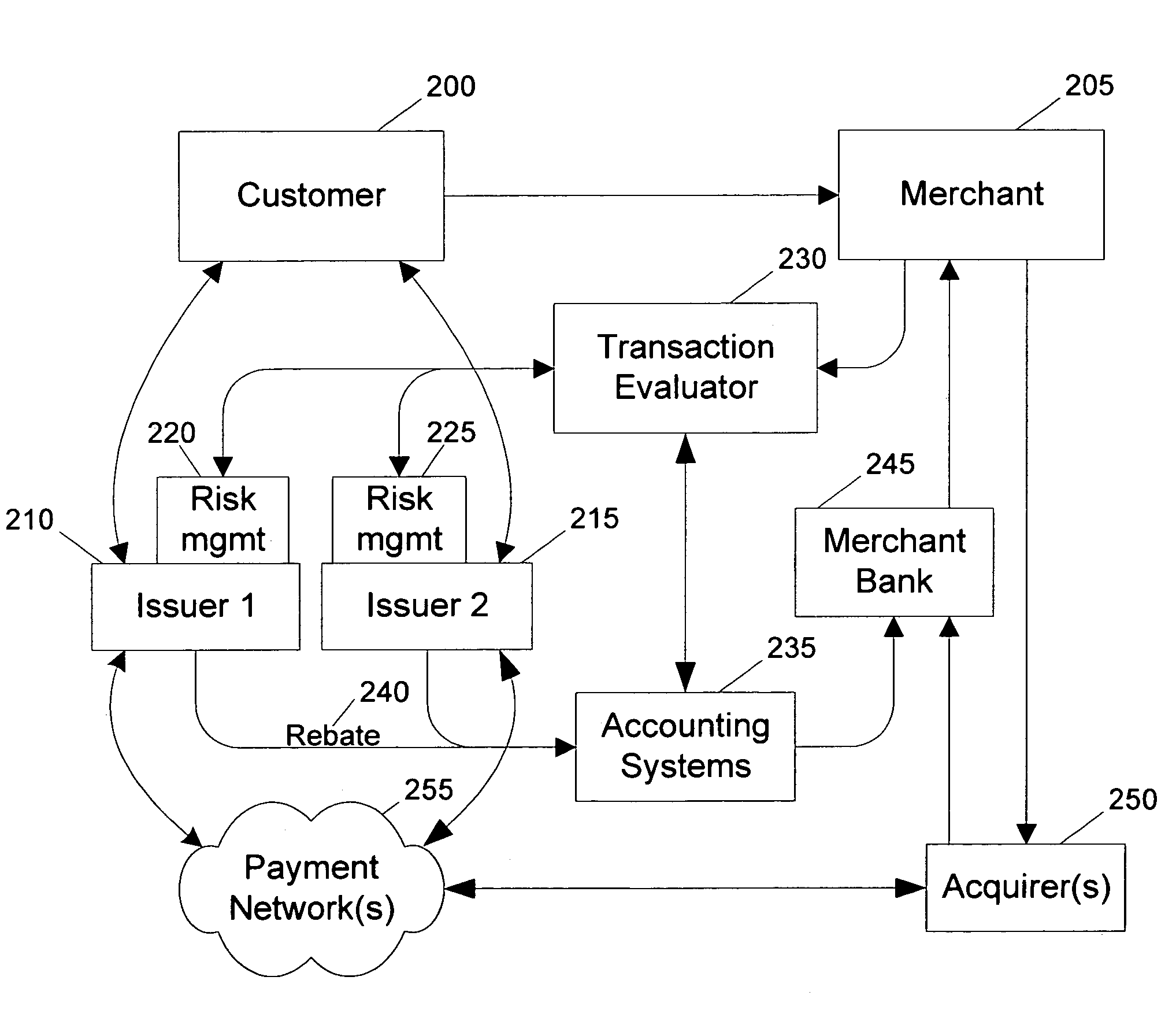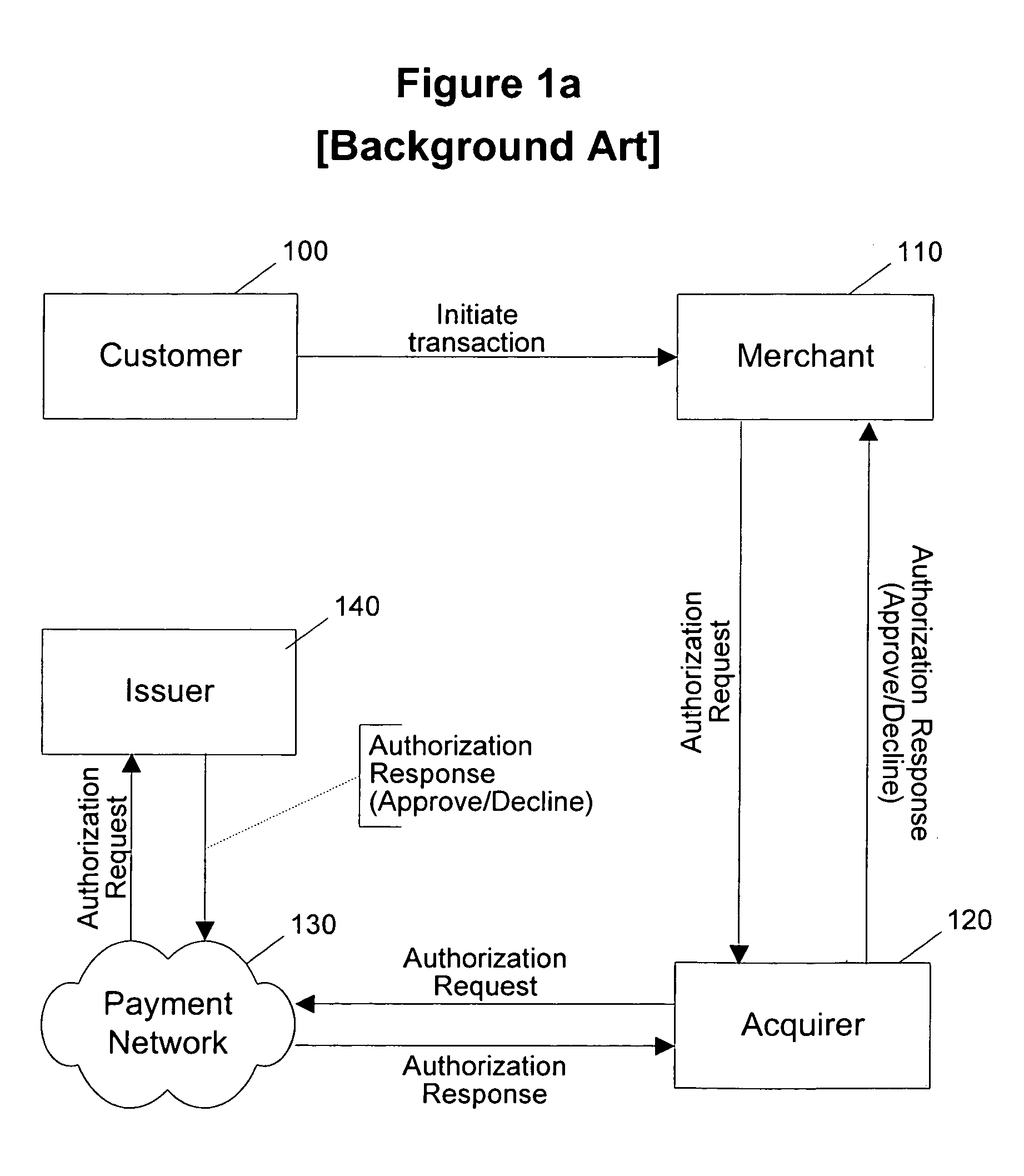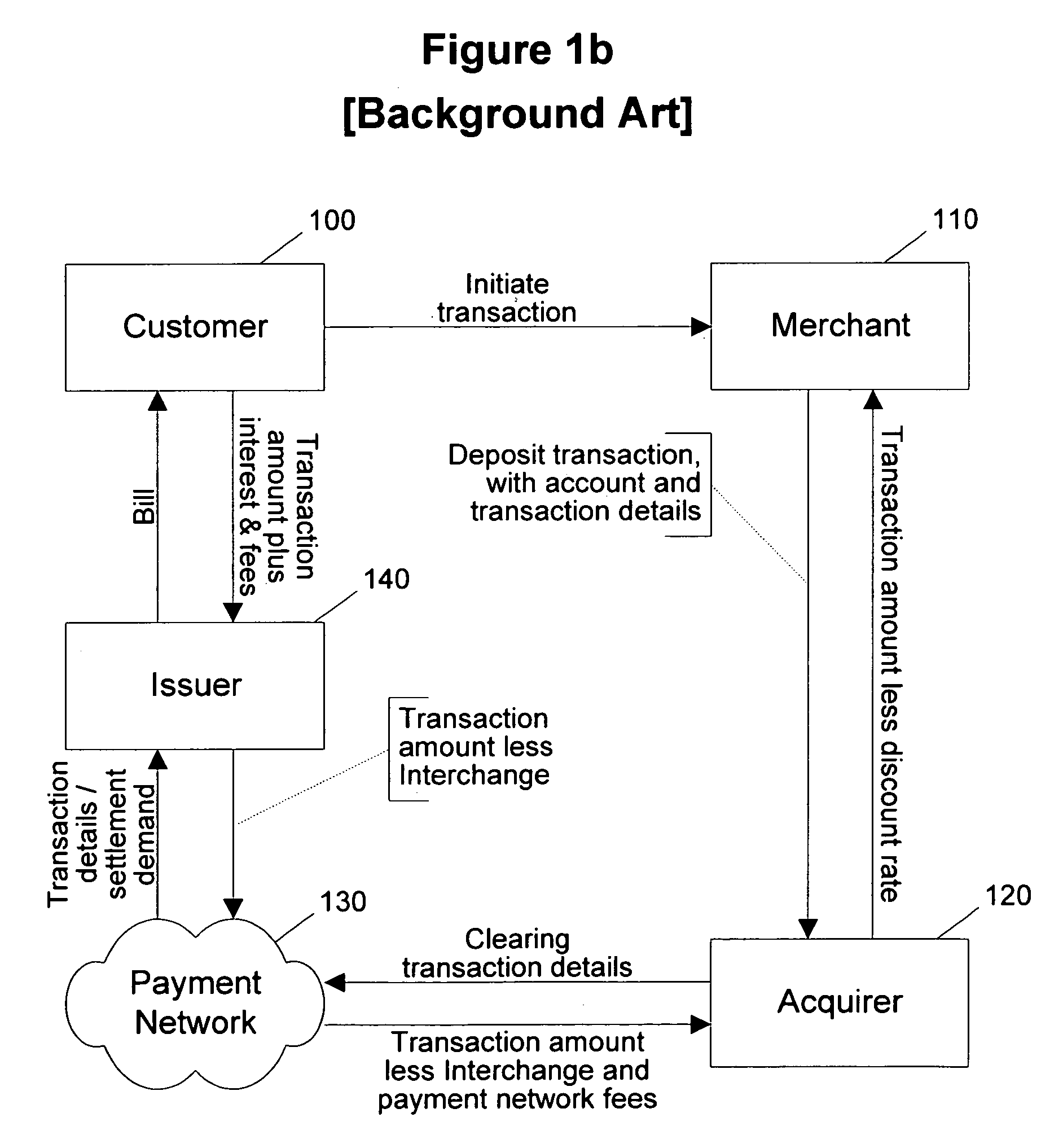Both methods are costly, entail a level of risk associated with the unknown and considering the initial investment necessary, have limited capability in the short term to
impact net profitability.
Although these methods can be effective, the acquisition process is highly competitive and fee increases may cause a loss of customer loyalty thereby reducing the instruments use and potentially loss of the customer account, both of which
impact long term portfolio profitability.
Although reward programs can attract customers and increase transaction volume, they are costly and relatively inefficient.
As a result, issuers will provide rewards for some unprofitable transactions, fail to attract some transactions that would be profitable, and may cause some marginal accounts to default by encouraging over-use of credit.
The issuer has little incentive to contribute to the incentive because the issuer derives relatively little benefit by discounting transactions that would occur anyway.
(The possibility of increased transaction volume is not worth enough to justify a significant issuer-funded incentive.)
Furthermore, establishing and maintaining the
system such as the one described in '653 would be extremely expensive and complex, particularly if each merchant must negotiate and manage a separate relationship with each issuer and / or customer.
Conventional cash is straightforward, but both inconvenient for most transactions and is irreplaceable if lost, stolen, or destroyed.
Impulse purchases cannot be made using cash unless the customer happens to be carrying enough money to cover the cost of the transaction.
Cash can also be counterfeited, either causing the accepting party to lose the transaction amount or devaluing the currency as a whole.
Because transporting cash is risky and slow, it is difficult to use for Internet or mail-order purchases without relying on (expensive) cash-on-delivery options offered by some
package delivery services.
Although the costs associated with handling cash are relatively low, they are non-negligible due to the risks described above.
Fees for clearing checks are generally low, but merchants usually bear the loss if a check is disputed prior to account clearing, e.g., if the funds in the customer's account are insufficient to cover the payment.
As a result, checks are generally not accepted for high-risk transactions.
Compared to electronic transactions, checks are slow to mail and clear, making them awkward for mail-order and Internet purchases.
Use of paper instruments is incompatible with the non-face-to-face transaction as exemplified by mail or telephone order and
Internet based transactions.
Although potentially important, the implementation of electronic check substitutions is not yet widespread, and the historical fear of account misuse may
pose a significant obstacle to customer acceptance.
Merchants accepting credit cards are charged a relatively high discount rate (typically between 1.6 and 4 percent), making credit cards more expensive to process than most other payment methods.
Large merchants can negotiate reduced fees with acquiring banks, although the largest component of the discount rate—the interchange fee—is fixed by the
credit card network and is therefore non-negotiable.
Merchants (such as grocery stores) may not support the major brand (e.g., because the discount rate is too high), but may be able to process transactions on lower-cost networks.
This approach has several serious limitations.
Also,
credit card association rules may prohibit the use of “dummy” card numbers.
In addition, although card issuers are responsible for fraud on card-present transactions, transactions using the discount scheme may be treated as card-not-present, leaving either the discount scheme operator or the merchant with higher fees and
exposure to risks normally borne by the issuer.
A built in impediment has limited the value of these new systems, however: once transaction is entered into the
authorization networks, the issuer must provide a binary “yes” or “no” answer.
Furthermore,
card association rules and certain legal restrictions may prevent the issuer from rejecting transactions if the account is in good standing and there are funds available.
As a result, methods for assessing the value of individual transactions cannot be completely utilized in many payment networks because high risk transaction must be accepted if the issuer has no specific evidence that the transaction is bad (such as a bad PIN).
For issuers, methods of the background art (such as advertising to attract new customers and customer incentives to add transactions) are expensive, slow, and have unpredictable effectiveness.
Currently the customer choice of payment methods is often arbitrary, since most merchants charge the same prices for all supported payment methods.
For any
payment system, issuers process some transactions that are highly profitable and others that are unprofitable.
Even in systems that provide issuers with the ability to evaluate and reject individual transactions, many transactions likely to be unprofitable must still be accepted because rejecting a transaction creates new costs and problems such as customer complaints, customer dissatisfaction, merchant dissatisfaction, potential legal issues, etc.
As a result, even if a large fraction of transactions are unprofitable, issuers must accept virtually all transactions that enter their systems and must derive enough revenue from the profitable transactions to make their business profitable.
For example, credit card transactions from customers who pay their balances each month generally lose money, but a few charges from individuals who carry balances at high interest rates can compensate for a relatively large number of unprofitable transactions.
 Login to View More
Login to View More  Login to View More
Login to View More 


